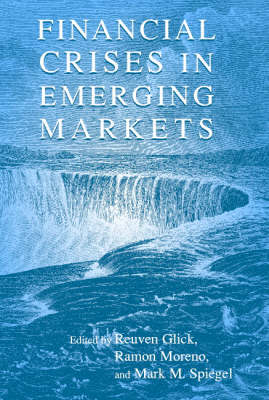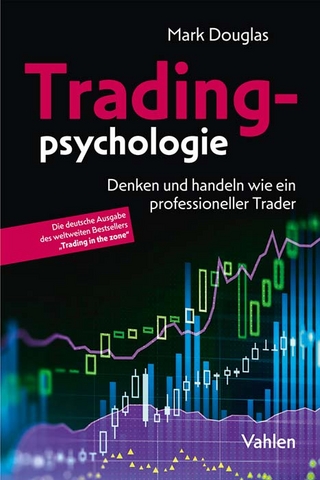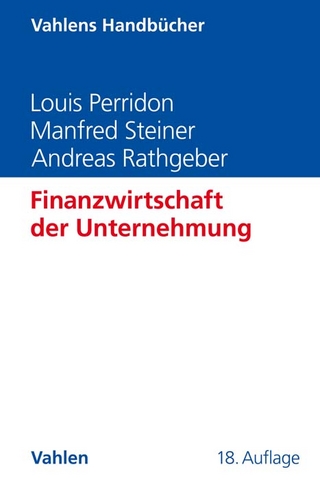
Financial Crises in Emerging Markets
Cambridge University Press (Verlag)
978-0-521-80020-4 (ISBN)
This book looks at numerous financial crises, beginning with Mexico in 1994–5, the Asian crisis of 1997–8, and the crises in Russia, Brazil, and other Latin American countries in 1998–9. Such contemporary crises illustrate the risks of financial volatility and macroeconomic instability during the process of economic growth and development. They also raise issues regarding the management of risks associated with liberalization and global integration, particularly in financial markets. Concerns about the implications of international capital flows for developing countries have grown with the sharply increased volume of these flows since the late 1980s. The essays in this volume provide analysis and evidence on the determinants of currency and banking crises in emerging markets, the specific roles of capital flows and the financial sector, and the appropriateness of various policy responses.
Preface; Contributors; 1. Financial crises in emerging markets: an introductory overview Reuven Glick, Ramon Moreno, and Mark M. Spiegel; Part I. Determinants and Propagation of Financial Crises: 2. Banking and currency crises: how common are twins? Reuven Glick and Michael M. Hutchison; Discussion Andrew K. Rose; 3. Multiple equilibria, contagion, and the emerging market crises Paul R. Masson; Discussion Paolo Pesenti; 4. How are shocks propagated internationally? Firm-level evidence from the Russian and East Asian crises Kristen Forbes; Discussion Kenneth Kasa; Part II. Capital Flows and Reversals: 5. Uncertainty and the disappearance of international credit Joshua Aizenman and Nancy Marion; Discussion Mark M. Spiegel; 6. International capital inflows, domestic financial intermediation, and financial crises under imperfect information Menzie D. Chinn and Kenneth M. Kletzer; Discussion Roberto Chang; 7. Private inflows when crises are anticipated: a case study of Korea Michael P. Dooley and Inseok Shin; Discussion Carmen M. Reinhart; Part III. Institutional Factors and Financial Structure: 8. Excessive FDI Flows under asymmetric information Assaf Razin, Efraim Sadka, and Chi-Wa Yuen; Discussion Maurice Obstfeld; 9. Corporate growth and risk around the world Stijn Claessens, Simeon Djankov, and Tatiana Nenova; Discussion Richard K. Lyons; Part IV. Policy Responses: 10. Interest rate stabilization of exchange rates and contagion in the Asian Crisis countries Robert Dekle, Cheng Hsiao, and Siyan Wang; Discussion Pierre-Richard Agénor; 11. The impact of monetary policy on exchange rates during financial crises David Gould and Steven Kamin; Discussion Henning Bohn; 12. Capital controls during financial crises: the cases of Malaysia and Thailand Hali J. Edison and Carmen M. Reinhart; Index.
| Erscheint lt. Verlag | 23.4.2001 |
|---|---|
| Verlagsort | Cambridge |
| Sprache | englisch |
| Maße | 161 x 233 mm |
| Gewicht | 870 g |
| Themenwelt | Wirtschaft ► Betriebswirtschaft / Management ► Finanzierung |
| Betriebswirtschaft / Management ► Spezielle Betriebswirtschaftslehre ► Bankbetriebslehre | |
| Wirtschaft ► Volkswirtschaftslehre ► Finanzwissenschaft | |
| Wirtschaft ► Volkswirtschaftslehre ► Makroökonomie | |
| ISBN-10 | 0-521-80020-X / 052180020X |
| ISBN-13 | 978-0-521-80020-4 / 9780521800204 |
| Zustand | Neuware |
| Haben Sie eine Frage zum Produkt? |
aus dem Bereich


